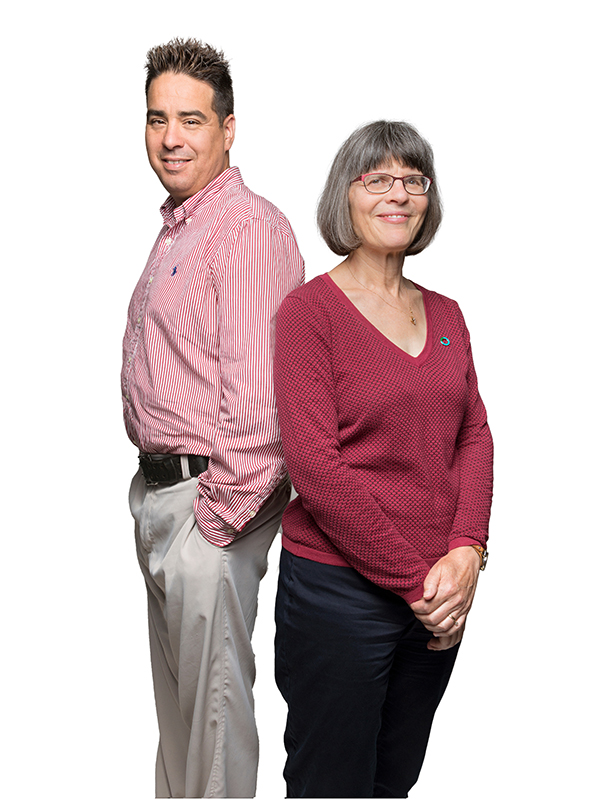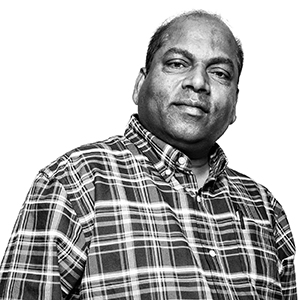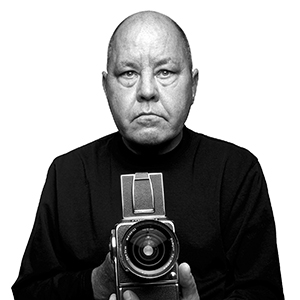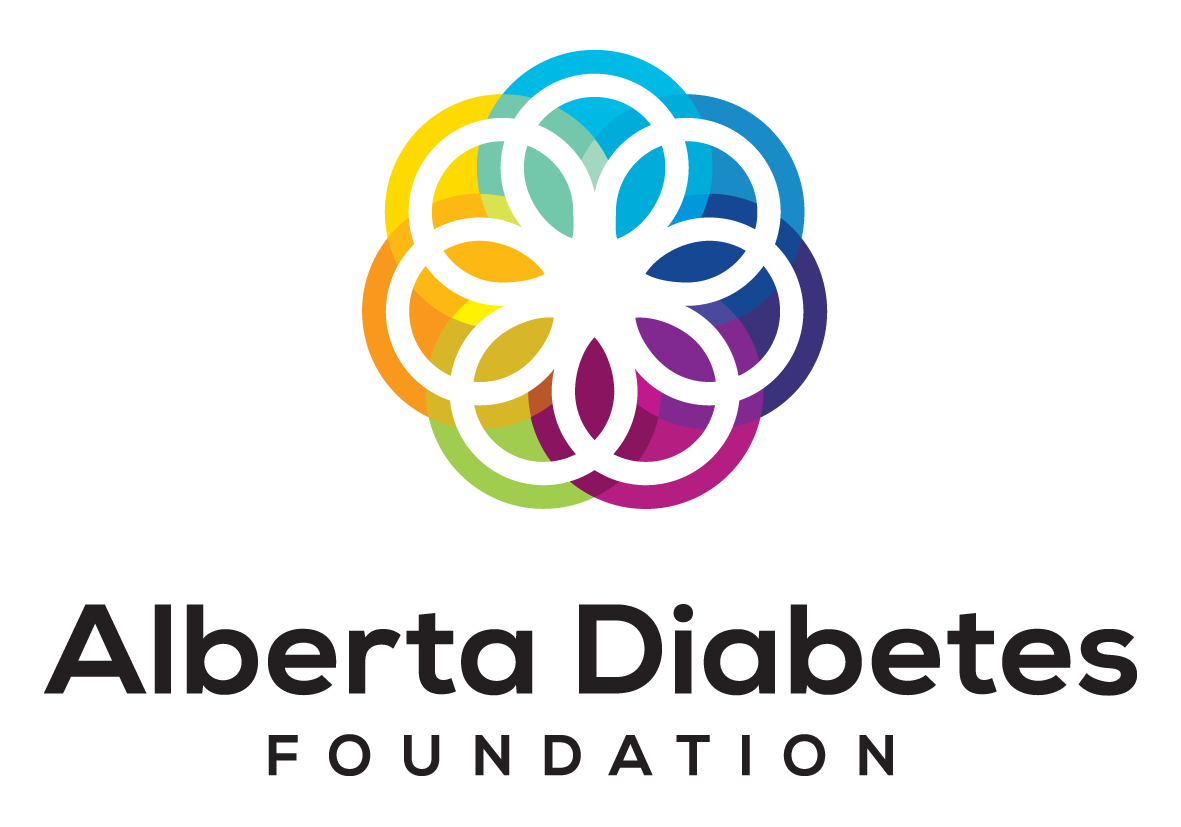JAMIE - Portraits of Diabetes
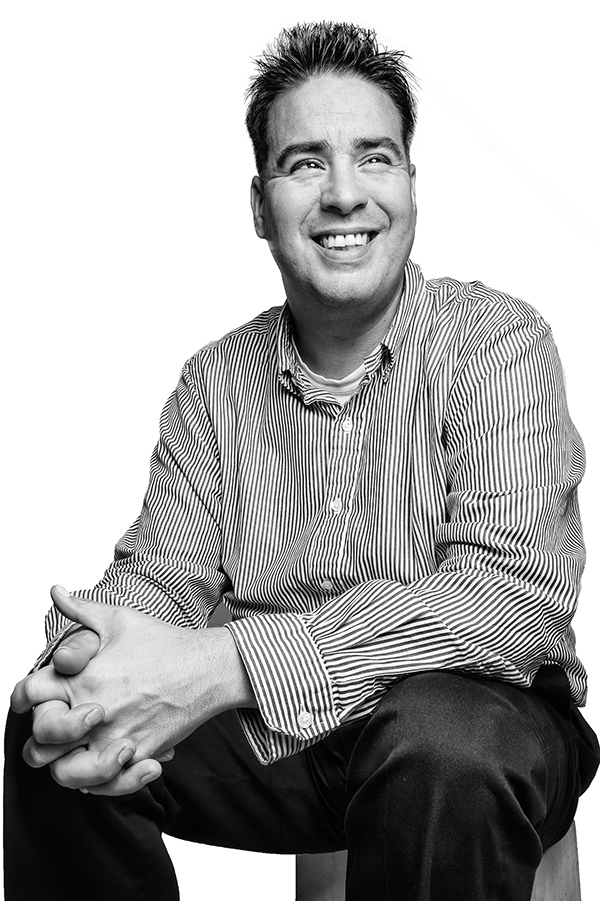
JAMIE
Type 2 diabetes-diagnosed 2012
It was the minor prick of the finger that told me. But prior to that, there were indications.
In 1997, Jamie Burke planned a diabetes charity event that his workplace hosted annually, where attendees had the chance to have their blood-sugar levels checked. As a test pilot, Jamie discovered his own blood sugar was at an abnormally high 24.5 mmol/L, a level that can lead to serious health issues.. The next day, when he tested his blood again, it was at an even higher level. One of the volunteers doing the testing told him he might have type 2 diabetes. A doctor later confirmed it was true.
"It was the minor prick of the finger that told me. But prior to that, there were indications, like I would have dreams there was glass in my feet and I found I was looking closer to my computer screen at work. I went to see a podiatrist and they had no insights. I went to an eye doctor; he didn't find anything," says Jamie.
At the time, Jamie was working as a community investment adviser and attending parties every week, indulging in rich food and drinks at corporate events. He did not worry about how his lifestyle might affect his health. But everything changed after his diagnosis-for a while, he felt like he'd been handed a death sentence. He started to self diagnose by searching his symptoms on Google, where the variety of misinformation led to panic and confusion.
He had a health-care team consisting of a doctor, pharmacist and dietitian, who provided him with knowledge that eventually changed his perspective from fear to hope. He realized his diagnosis was not a death sentence at all; instead he now chooses to see it as a positive change in lifestyle.
"It's not even just for people with diabetes, it's for anyone. Know what you're putting into your mouth," says Jamie. "Eating like someone with diabetes, it's not rocket science. It's literally eating healthy and that's all there is to it."
Jamie ended up changing his lifestyle completely-he went from drinking pints on public patios three nights a week to spending time on his own private patio, tending a vegetable patch full of organic lettuce, tomatoes and cucumbers.
While Jamie's diabetes management has gone well over the years, he has noticed a problem with access to medication. Nowadays, Jamie works with charities and organizes events as an independent contractor, which means he has to get coverage for his medication through a personal health insurance company. Unfortunately, his plan only covers a small portion of his medical costs for the year, leaving a large bill at the end of each month. Finally, his doctor told him about a free prescription savings card available to Canadians and funded by participating pharmaceutical companies.
Using this service has worked out for him, but he says it's frustrating the amount of research and digging people have to do to determine ways of getting medications without exorbitant costs. The difficulty can mean some people fall between the cracks of the system. And not only are many people continuously bombarded with conflicting health information, they also have to wade through the many different ways of trying to cover the cost of their treatment.
The Alberta Diabetes Institute performs clinical research studies in vital areas that impact the onset and management of diabetes, which is a critical step for translating new ideas into proven therapies in patients.
Photography: Richard Siemens Writer: Caroline Barlott Editor: Sasha Roeder Mah Creative Director: MJ Fell
